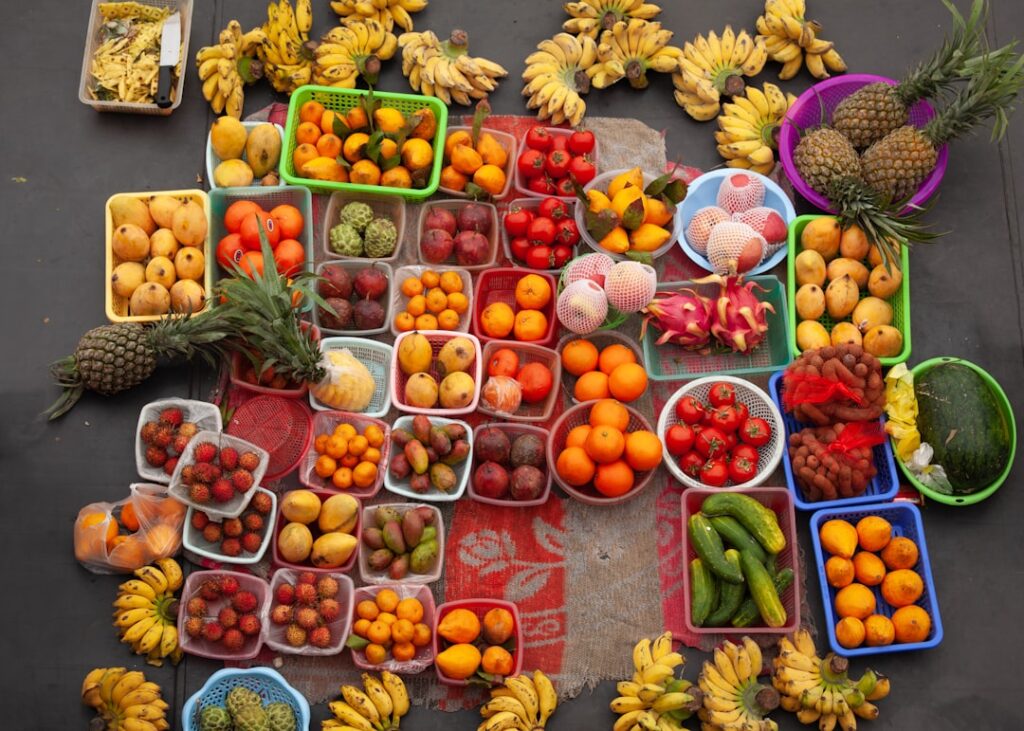The Rise of Local Food Trends: A Culinary Revolution
Curious about Local food trends? This growing movement champions food produced close to home, but it’s about more than just geography. It’s a philosophy built on connection, freshness, and community.
Here’s what defines the movement:
- Proximity: Sourcing from nearby farms and producers.
- Freshness: Shorter supply chains for better taste and quality.
- Transparency: Knowing the story behind your food.
- Community: Supporting local farmers and economies.
- Sustainability: Reducing food miles and environmental impact.
Some shifts in the food world are more than fads, and local food trends are here to stay. They have moved from a niche interest to a mainstream ideal, driven by consumers in places from rural towns to major hubs who care more about freshness, reliability, and supporting their community.
As one expert notes, “The ‘support local’ movement is not a passing trend… it’s a societal choice that goes far beyond economics.” This guide will explore this important culinary shift, from what “local” really means to the many benefits it brings to eaters, producers, and our planet.
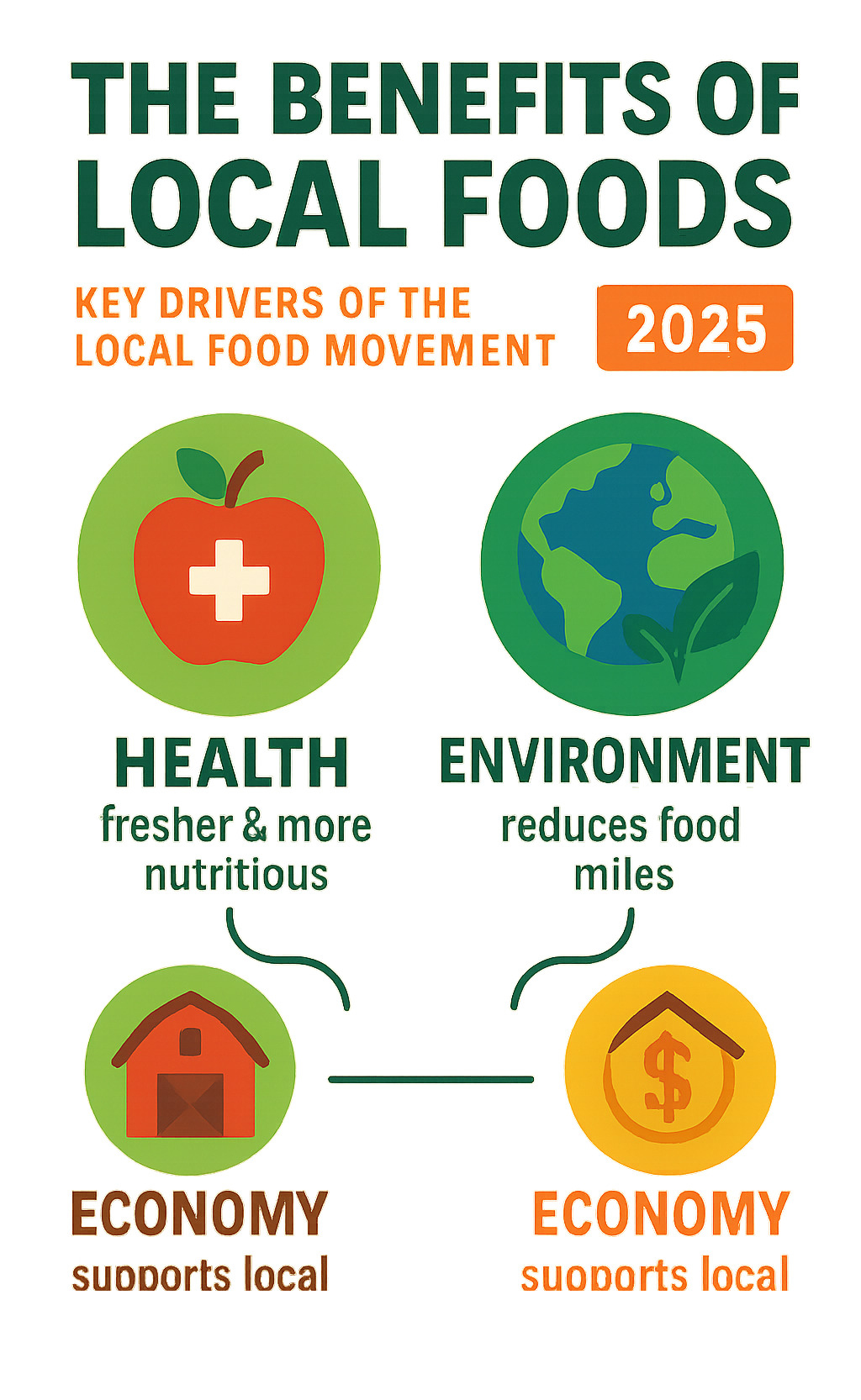
Related content about Local food trends:
Defining “Local”: More Than Just Miles on a Map
One of the biggest puzzles in local food trends is defining “local.” With no official rulebook, the term’s flexibility is both a strength and a challenge, allowing it to adapt to different communities and regions. What feels local to you might seem distant to someone else.

This adaptability allows the movement to thrive, from a neighborhood farmer’s market to a regional specialty cheese. To see this concept in its most focused form, our guide on Local is the New Global: The Hyperlocal Food Movement explores the ultra-close-to-home approach.
What Does “Local Food” Mean to Consumers?
For consumers, local food is about connection and community trust. While 93% define it as something made close to home, “close” is personal. Definitions vary widely: some consider “local” to be within 20 kilometers, while others expand the circle to their entire county or region. In a fascinating display of national pride, 4% of French consumers even consider anything made in France to be local. What ties these definitions together isn’t miles, but a feeling of familiarity, quality, and support for people and places that matter.
How Do Businesses Define Local?
Businesses must balance consumer demand for local products with the practicalities of their supply chains. French retailers like Casino and E.Leclerc define local within a relatively tight 80-100 kilometer radius. In contrast, due to the country’s scale, American retailers often consider a much larger 640-kilometer radius as local. These definitions highlight the challenge of creating sustainable regional food networks. Whether it’s 20 kilometers or 640, the spirit of local food trends remains the same: connecting people with food that has a story and building more transparent food systems.
The Appetite for Authenticity: Why We Crave Local Food
Beyond geography, a deeper hunger for authenticity drives the surge in local food trends. When we choose local, we’re making a statement about our values. This craving is universal, from a farmers’ market in a busy city to an artisanal cheese dairy in the French countryside. Our article on Why Locally Sourced Ingredients Make a Difference explores these tangible benefits in detail.
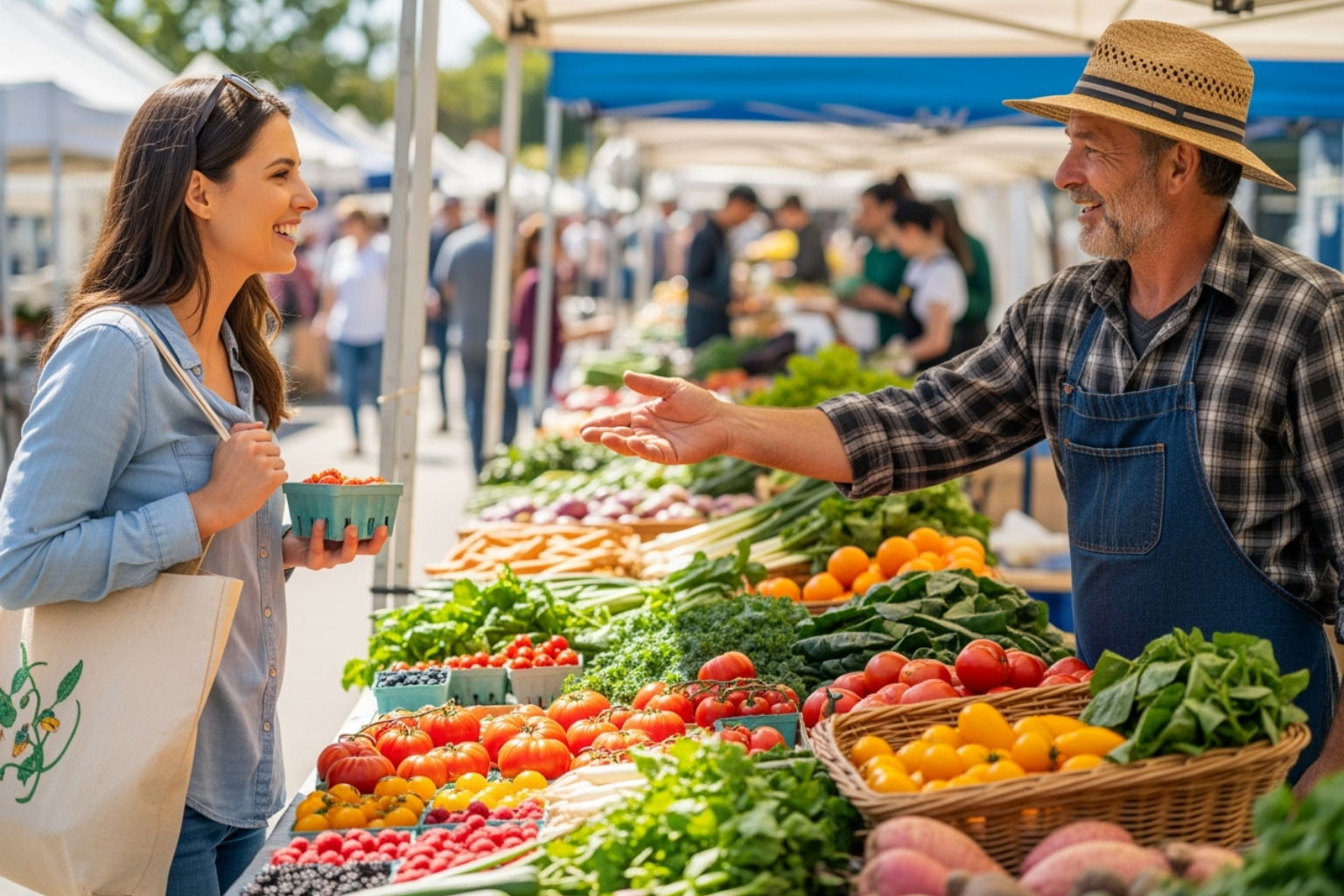
Key Drivers Behind the Local Food Trends Movement
The appetite for local food is fueled by several key factors. A major motivator (for 63% of French consumers) is supporting the local economy. This is followed by the belief that local food simply tastes better (a view held by 40% of U.S. consumers) and is healthier (33% of U.S. consumers). Underlying these preferences are significant consumer concerns about industrial farming practices, such as the use of hormones, pesticides, and GMOs. This fuels a powerful desire for transparency, with a reported 82% of French consumers influenced by a brand’s commitment to traceability and local sourcing.
The Emotional Connection to Food
Beyond practical reasons, there’s a powerful emotional pull. Local food offers authenticity and a connection to producers, turning a simple purchase into a meaningful interaction. This fosters community building, with farmers’ markets becoming social hubs and local restaurants serving as neighborhood anchors. The movement aligns with the Slow Food philosophy, which champions traditional methods and mindful eating. This emotional connection is so strong that nearly half of U.S. consumers are willing to pay up to 10% more for local products, valuing the peace of mind and authentic connection it provides.
The Ripple Effect: Benefits of Embracing Local Food Trends
Choosing local food creates a ripple effect of benefits for our economies, communities, and the planet. When we accept local food trends, we invest in a positive cycle toward a more sustainable and equitable world. You can explore this further in this Benefits of local food report or taste the results at one of these Farm-to-Table Dining Experiences.
For Consumers: Fresher Flavors and Peace of Mind
For consumers, the benefits are immediate and delicious. The primary draw is superior taste and freshness, as food is picked at peak ripeness. This freshness often translates to higher nutritional value since vitamins and minerals have less time to degrade. Embracing local also encourages eating with the seasons, introducing a delicious variety to your diet. Crucially, it provides food transparency and peace of mind, building trust by connecting you to the source of your food.
For Producers: A Fairer Slice of the Pie
The movement is a game-changer for producers. Direct sales to consumers and local businesses cut out middlemen, significantly increasing profit margins. This provides vital support for small and medium-sized farms, helping them compete against industrial agriculture. It also enables community wealth building; for example, one model in the UK directed £2 million to local farmers by adjusting public contracts, keeping money circulating within the community.
For the Planet: A Greener Plate
Choosing local is also a step towards a healthier planet. It generally means reduced food miles and a lower carbon footprint, as many local farms use more sustainable, less intensive methods. These practices also promote biodiversity by encouraging a wider variety of crops and livestock. Local food systems create broader societal value—one study found that for every £1 spent in a local food network, another £3.70 is created in social, economic, and environmental benefits. It’s a win-win-win for consumers, producers, and the Earth.
From Farm to Fork: Navigating the Challenges of Sourcing Locally
While the appeal of local food trends is strong, getting that food from the farm to your fork isn’t always a straight shot. For businesses, sourcing locally comes with a unique set of puzzles, from unpredictable availability to logistical problems.
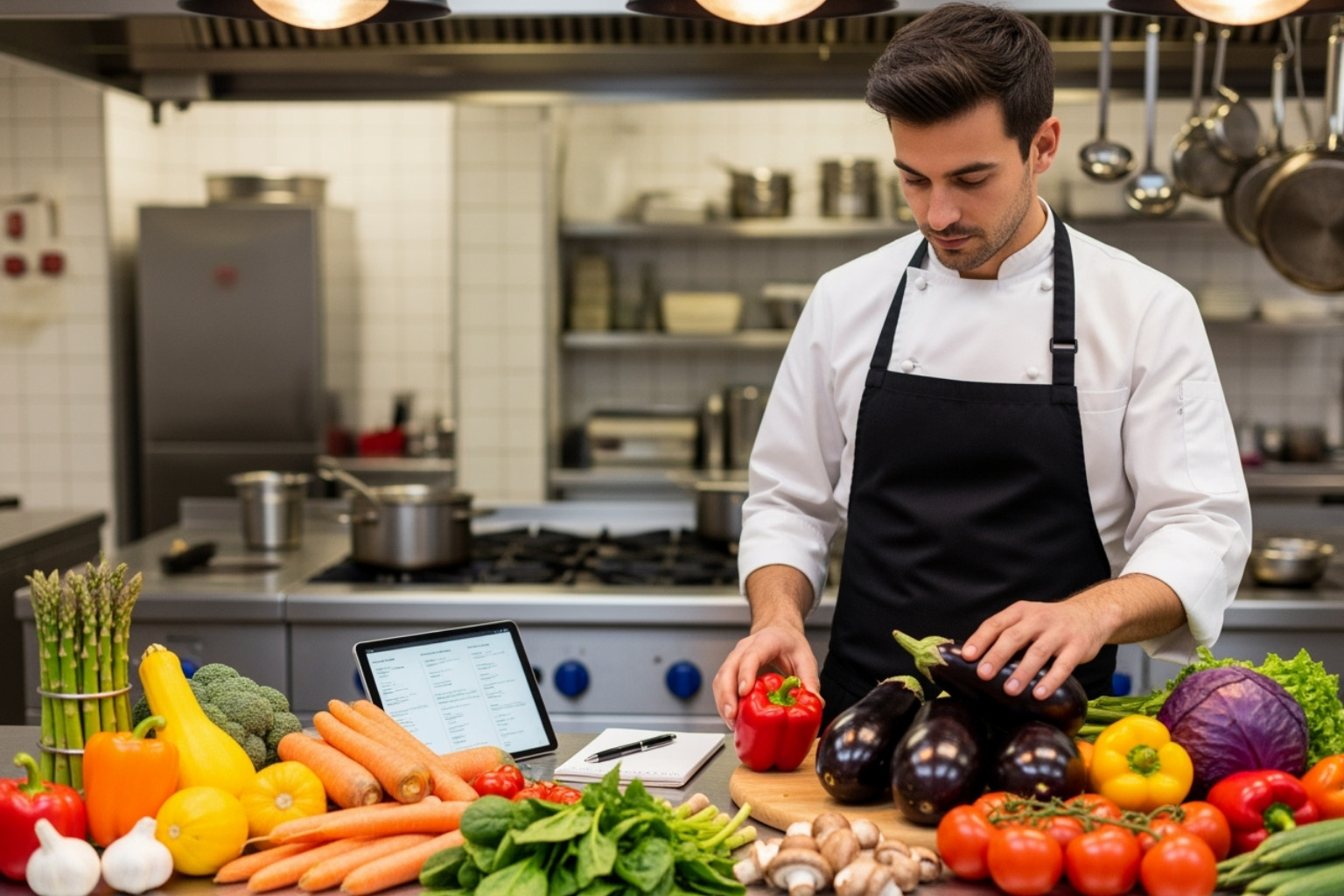
However, these challenges spark incredible creativity. Innovative chefs and restaurateurs are finding clever ways to steer these waters, as highlighted in our guide to the Best Farm-to-Table Restaurants.
Supply Chain Problems
The primary problems are in the supply chain. Small farms are subject to weather and seasonality, leading to inconsistent supply and limited volume, which is difficult for businesses needing predictable inventory. Furthermore, local producers often lack the established distribution networks of large suppliers, creating logistical complexities and potentially higher transport costs.
Business and Operational Challenges
These supply issues create daily operational challenges. Chefs must be highly flexible, often changing menus based on availability. Building a reliable network of producers takes significant time and effort. Costs can also be higher due to smaller scale and less efficient transport. For institutions like schools, public procurement rules can make it difficult to prioritize local suppliers. However, innovative solutions are emerging, including food hubs that aggregate produce from multiple farms and tech platforms that improve logistics, traceability, and communication between producers and buyers.
The Modern Menu: How Restaurants Are Championing Local Ingredients
Forward-thinking restaurants are changing how we experience local food trends. Chefs have become storytellers and sustainability champions, turning their establishments into showcases for their communities’ agricultural treasures.
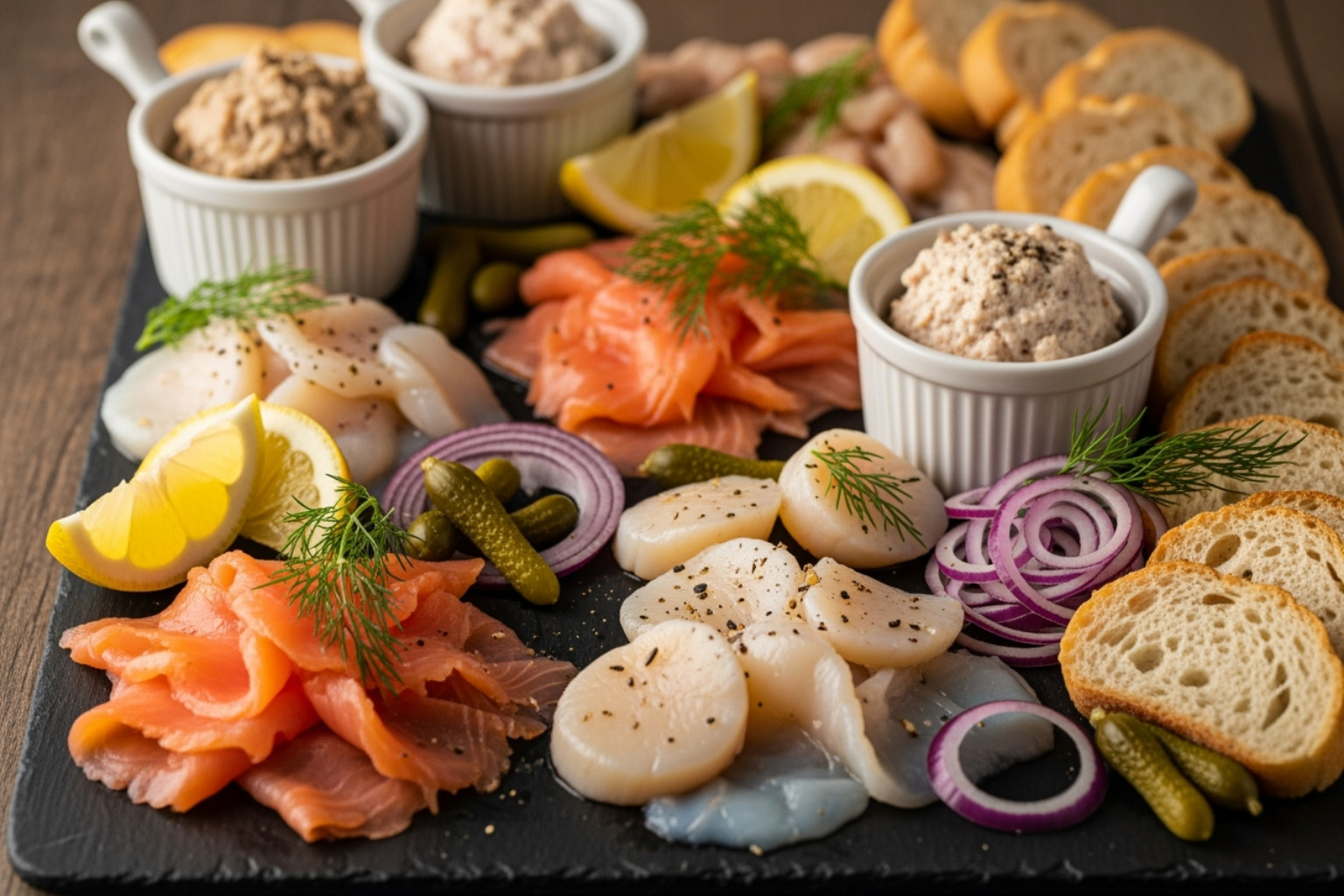
These culinary pioneers are reimagining what dining can be when you accept your surroundings. For a deeper look at how these ingredients transform dishes, our guide on Locally Sourced Ingredients offers wonderful insights.
Hyper-Local and Seasonal Menus in Action
Restaurants are at the forefront of the movement, with many embracing hyper-local sourcing. This often means daily menu changes dictated by farm deliveries and what’s available from on-site gardens. The philosophy extends to using foraged ingredients and practicing root-to-leaf and nose-to-tail cooking, ensuring nothing goes to waste while maximizing creativity.
Beyond the Plate: The Rise of “Glocal” and Other Local Food Trends
Creativity flourishes when local ingredients meet global techniques in “glocal” cuisine, resulting in exciting fusion dishes. You can read more about this in Why Global Flavors Are Taking Over Local Menus. Other trends include “seacuterie” boards showcasing sustainable, local seafood, and advanced fermentation techniques using house-made kimchi, kombuchas, and unique vinegars to add complex flavors.
Telling the Story Through Dining Aesthetics
The dining experience itself tells the local story. Menus feature transparent sourcing, proudly naming partner farms and producers. This authenticity extends to the presentation, with themed tableware and refined plating that allows the natural beauty of the ingredients to shine. It creates a holistic experience that connects diners to the community and the land, changing a meal into a celebration of place.
The Future of Food: Is the Local Movement Here to Stay?
Is the local movement a passing fad? All signs suggest local food trends are a fundamental shift that is here to stay. The movement’s momentum is backed by market growth, evolving consumer values, and technological innovation. National commitments, like the Canadian government agri-food targets, signal its importance, while Local Culinary Events showcase its vibrancy.
A Fundamental Shift, Not a Passing Fad
The evidence for the longevity of local food is clear. The market has seen explosive growth, with sales reaching billions in the U.S. and Europe. The movement’s alignment with pressing sustainability goals and the growing consumer desire for supply chain resilience—especially after recent global disruptions—cements its long-term relevance. What began as a niche interest is now a mainstream principle, visible from grocery stores to institutional dining halls.
Technology and the Future of Local
Technology is accelerating this shift. AI helps analyze consumer demand, while digital sourcing platforms connect farmers directly to buyers, from restaurants in major cities to individual households. These tools are solving traditional logistical challenges, making local supply chains more reliable and efficient. The rise of e-commerce has also empowered small producers to reach customers directly. All this innovation ensures the future of food is increasingly, and accessibly, local.
Conclusion
Our exploration of local food trends reveals a movement that’s about much more than proximity. It’s a profound shift driven by a collective desire for authenticity, community connection, and a healthier planet. We’ve seen that “local” is a flexible concept, but the motivations are clear: supporting local economies, savoring fresher flavors, and demanding transparency.
The benefits ripple outwards, enriching consumers, empowering producers, and helping the planet. While challenges exist, culinary innovation and new technologies are paving the way forward, with restaurants championing hyper-local menus and “glocal” creativity. This is not a fleeting trend but an enduring change in our values. It’s a movement built on the simple joy of eating well and knowing the story behind your meal.
Here at The Dining Destination, we believe understanding these trends enriches our culinary experiences. We invite you to continue exploring, savoring, and supporting the vision of a more localized food future.

